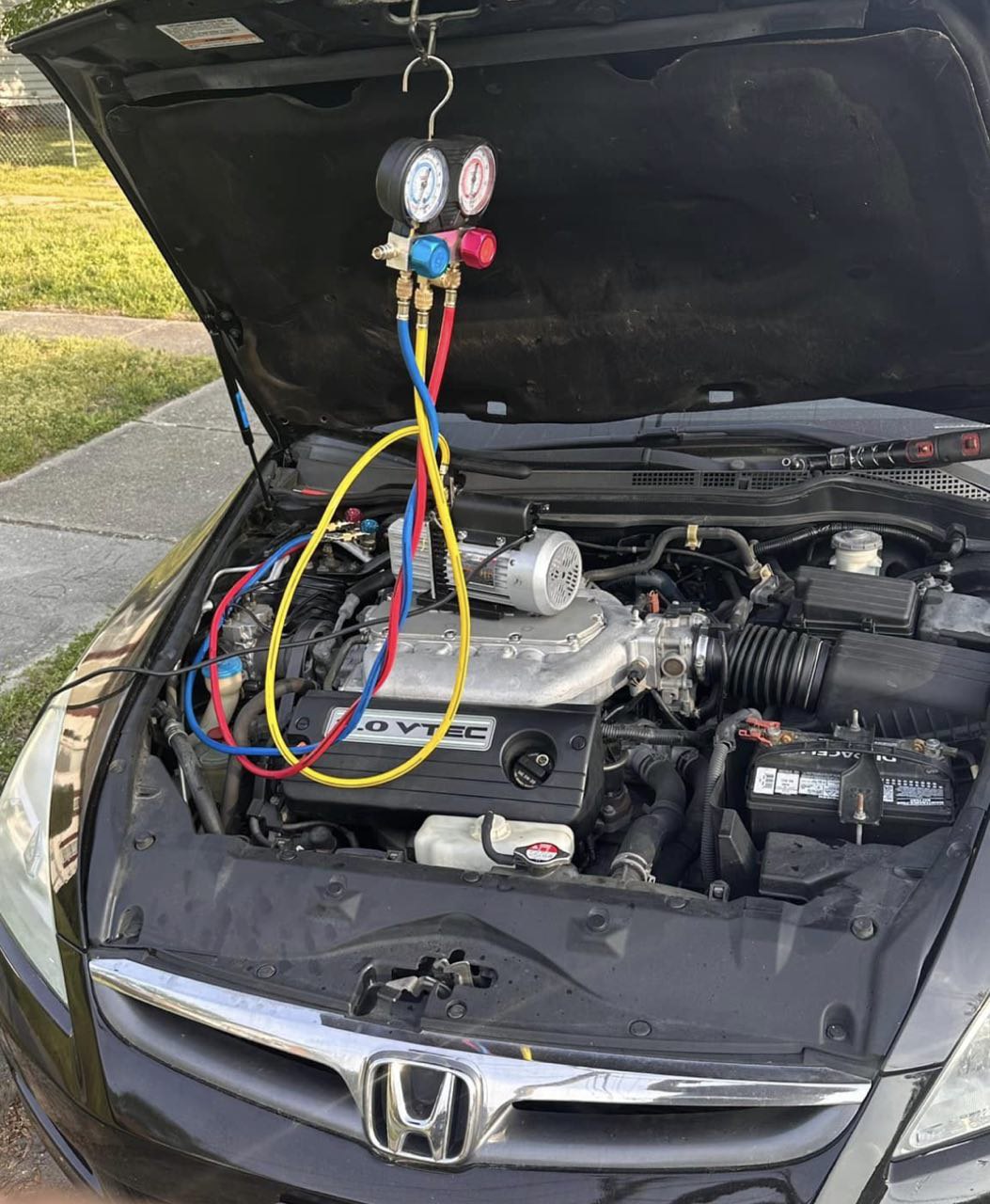Vacuuming a car AC system is an essential maintenance task that can help keep your vehicle’s air conditioning system running efficiently. Vacuuming a car AC system involves removing moisture, dirt, and other debris from the air conditioning system’s components. It helps ensure that the air conditioner runs smoothly and reliably. In this article, we will discuss why it is important to vacuum your car’s AC system, what tools are needed, and provide step-by-step instructions for vacuuming your vehicle’s AC system.
Why Should You Vacuum the Car AC System?
Vacuuming the car AC system is an essential maintenance practice that offers numerous benefits to both the functionality of the system and the overall comfort of the vehicle’s occupants. Over time, air conditioning systems can accumulate moisture, air, and contaminants, compromising the system’s efficiency and cooling performance. By vacuuming the AC system, you effectively remove these unwanted elements, helping to prevent potential issues like mold growth, reduced cooling capacity, and unpleasant odors. Moreover, vacuuming the AC system facilitates the removal of any residual refrigerant, oil, or debris, ensuring a clean slate for when the system is recharged. This process optimizes the system’s cooling efficiency and extends its lifespan, saving you from costly repairs down the road. Vacuuming the car AC system is a proactive step promoting better air quality, enhanced comfort, and prolonged longevity of the vehicle’s air conditioning components. Also read about Best Tonneau Cover for RamBox.
Tools Needed for Vacuuming a Car AC System
The tools needed for vacuuming a car AC system are relatively simple and inexpensive. To start, you will need a vacuum pump with a gauge. This is the most important tool as it allows you to measure the system’s pressure and remove any debris or moisture within the system. You will also need several feet of vacuum line, an AC manifold gauge set, a can-tap fittings adapter, an AC flush kit with hose attachments, some lubricant for lubricating O-rings and rubber seals, and some low-pressure air compressor hose. In addition to these tools, it is recommended that you have access to eye protection, such as safety glasses or goggles, while conducting repairs on your vehicle’s AC system. With these tools, you should be able to repair your car’s air conditioning system safely and efficiently!
Step-by-step Guide
Now that you have gathered all the necessary tools, you can begin vacuuming your car’s AC system. The steps to do this are as follows:
-
Begin by connecting the vacuum line to your vacuum pump. Ensure all connections are secure, and then turn on your pump. Once it is running, you must set the gauge to read “5” to maintain a consistent vacuum throughout the system.
-
Attach the manifold gauge set and can-tap fittings adapter to your car’s charging port. Then, connect each service valve on each side of the manifold gauge set using hose coupling clamps.
-
You’re now ready to begin vacuuming! Begin by turning off your car’s engine and all electrical sources within its air conditioning system before beginning any repairs or maintenance tasks on its AC components. Then, activate both valves on either side of your manifold gauge set to start evacuating air from within the system using your vacuum pump, which should be connected securely via its hose line. Be sure not to exceed a pressure rating of 5 inches of mercury (Hg).
-
Allow ample time for all air and moisture within the system to be removed before disconnecting any hoses or tools from their respective ports or openings for optimal performance when recharging is completed later in this process (approximately 30 minutes should suffice).
-
At this point, you may use an AC flush kit with attached hoses if desired; however, flush kits are only sometimes necessary depending on how much debris is present in your vehicle’s AC system (if any). If an AC flush kit is used, note that it should never exceed more than seven psi (pounds per square inch) when activated since higher pressures could potentially cause damage or leaks due to increased force against delicate rubber seals or O-rings found within most automobile AC systems today.
-
Once finished vacuuming and thoroughly flushing out debris, if applicable, close off both valves on the manifold gauge set and disconnect all hoses from their respective ports. Then, when all tools have been disconnected and removed from the car’s air conditioning system safely, you may go ahead and reattach or replace any rubber seals near the charging port (if necessary).
-
Once complete, you may recharge your car’s AC system with refrigerant (R-134a is usually recommended for most cars). Be sure to consult your vehicle’s owner’s manual if you need clarification on what type or amount of refrigerant should be used for optimal performance and efficiency.
Troubleshooting Tips
When vacuuming your car’s AC system, it is crucial to be mindful of any potential problems that may arise during the process. One of the most common issues is insufficient vacuum pressure, usually indicated by air bubbles forming in the manifold gauge set during the vacuum process. If this occurs, adjust the pressure gauge levels to remove all moisture and debris within your vehicle’s AC system. Additionally, if you notice any leaks during vacuuming, tighten all connections and replace any worn or damaged hoses before recharging with refrigerant. Finally, always remember to consult your vehicle owner’s manual for detailed instructions on how to properly service or repair its air conditioning system as well as for information regarding what refrigerant type and amount should be used for optimal performance; otherwise, you could damage sensitive parts or cause other issues that could compromise its overall efficiency. Also read How to Put Freon in a Chevy Truck.
Conclusion
Vacuuming a car’s AC system is an important maintenance task that can help to improve the performance, efficiency, and longevity of your vehicle’s air conditioning system. Following this comprehensive guide, you should be able to vacuum your car’s AC system safely and effectively. Remember to gather all the necessary tools before beginning any repairs on your vehicle’s AC system, follow the steps above for vacuuming and flushing out debris if applicable, and refer to your owner’s manual for detailed instructions for recharging with refrigerant. With these tips in mind, you should be able to enjoy a reliably cool cabin during those hot summer days!


 Begin by connecting the vacuum line to your vacuum pump. Ensure all connections are secure, and then turn on your pump. Once it is running, you must set the gauge to read “5” to maintain a consistent vacuum throughout the system.
Begin by connecting the vacuum line to your vacuum pump. Ensure all connections are secure, and then turn on your pump. Once it is running, you must set the gauge to read “5” to maintain a consistent vacuum throughout the system.